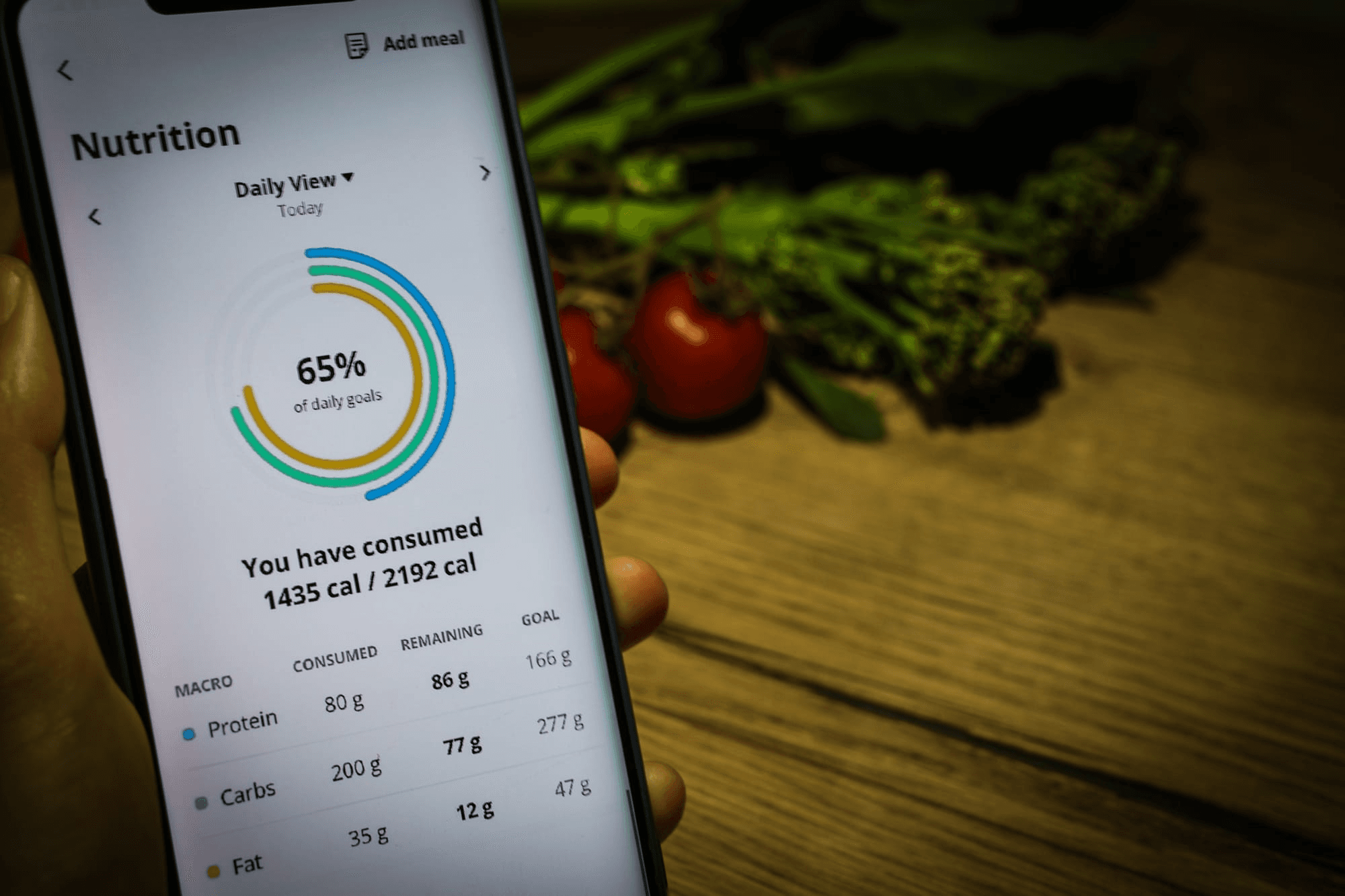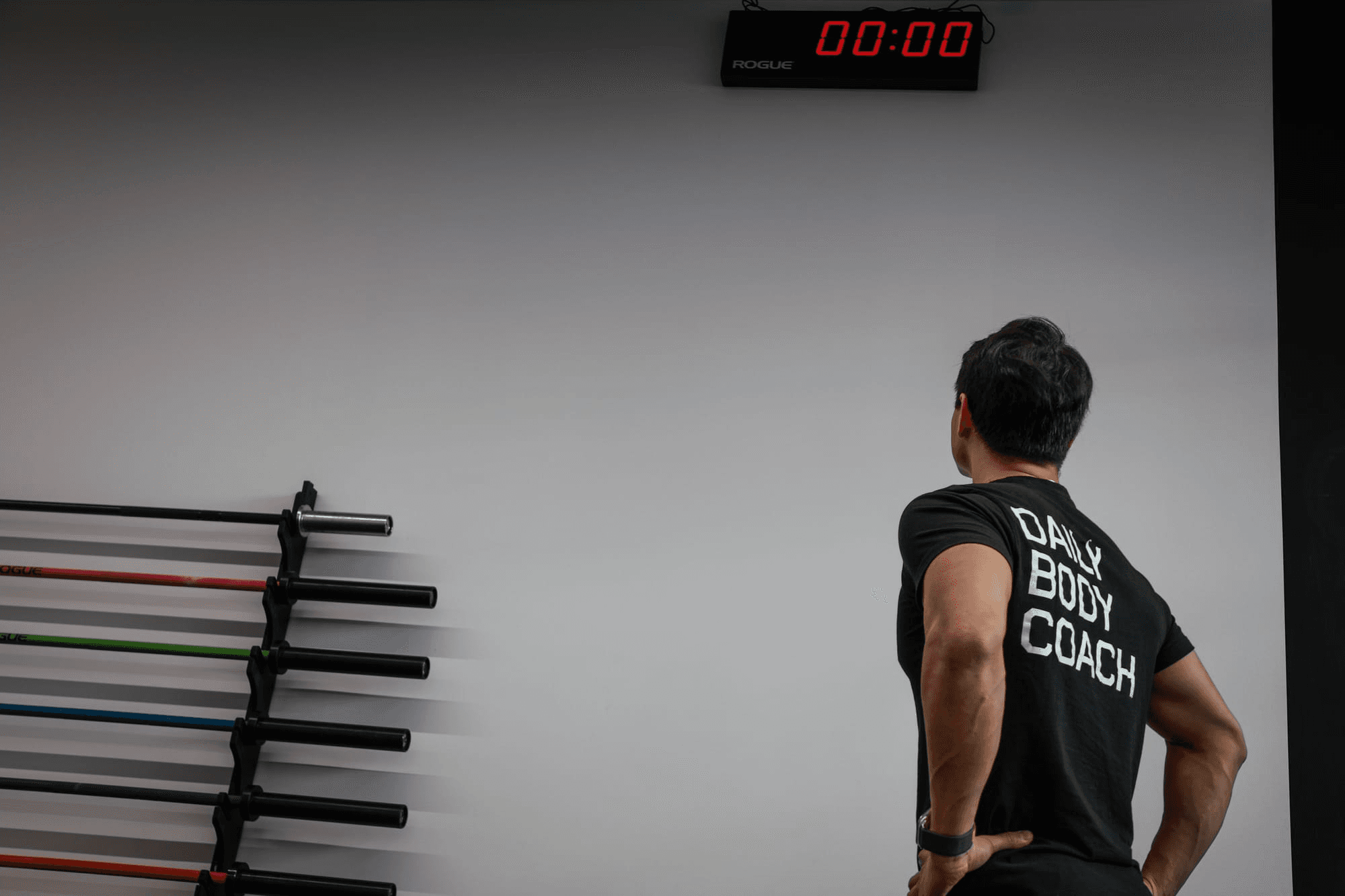4
min read
A workout split can also be referred to as your workout routine - a breakdown into which muscles you’re going to work and how you’re going to structure your training throughout the week.
It’s a great way to ensure that all muscles are worked, and not over-trained - there’s simply no way you can or should be able to train your legs - and then your legs again if you’re working out efficiently. This is why you must structure your training sessions.
But how do you find a workout split that suits your goals and training experience and how should you decide which one is best for you?
Let's take a look at some of the most common training splits.
1) The Body Part Workout Split
A body part split will have you working on each major muscle group or body part on a separate day each week. This means that each muscle group is trained once per week and nothing gets missed.
A body part split may look something like this:
Monday: Chest
Tuesday: Back
Wednesday: Shoulders
Thursday: Arms and Abs
Friday: Legs
Saturday: Rest
Sunday: Rest
Generally, body part splits are also fairly high volume, which means you can do a lot of sets and reps in each workout and therefore thoroughly train each body part until it’s fatigued and worked to its absolute maximum. The rationale is that you won't be training that body part for another week - so you can really push!
2) The Upper/Lower Workout Split
The upper/lower body workout split is when you split your training into two different types of workouts - an upper body workout followed by a lower body workout.
Usually, the upper/lower split will see you working out in the gym 4 days per week - 2 upper-body days where you’ll do all your upper-body exercises and 2 lower-body days where you’ll do all your lower-body exercises.
This way of training is very versatile because there are many ways to program your exercises for each day. For example, on the first lower-body day of the week, you might prioritise your glutes and hamstrings, using movements like the deadlift and the box glute bridge, and then on the second lower-body day of the week focus more on quads and calves doing moves like the front foot elevated split squat and calf raises.
An example week might look something like this:
Monday: Upper
Tuesday: Lower
Wednesday: Rest
Thursday: Upper
Friday: Lower
Saturday: Rest
Sunday: Rest
3) The Push/Pull/Legs (PPL) split
Push/Pull/Legs is a training split which includes training your pushing muscles like your chest, shoulder and triceps, followed by your pulling muscles like your back, biceps, forearms, and abs, and then your lower body like your quads, hamstrings, glutes, calves and abs.
The advantage of this split is that you’ll be training similar movements together. This allows you to train push muscles together, work them hard, and then give them time to recover while working pull and leg days before training them again.
Here’s an example of a PPL split:
Monday: Chest, Shoulders and Triceps
Tuesday: Back, Biceps, Abs and Forearms
Wednesday: Legs
Thursday: Chest, Shoulders and Triceps
Friday: Back, Biceps, Abs and Forearms
Saturday: Legs
Sunday: Rest
4) The Arnold Workout Split
Named after Arnold Schwarzenegger, the Arnold split was something the famous Bodybuilding icon did throughout most of his career. It was highly effective because it meant he trained six days a week and trained certain muscles twice per week and in high volumes, yet it still allowed for a full two days of recovery for each body part between sessions. Training a muscle directly twice per week is often recommended if you are after muscle growth.
An example of the split would look something like this:
Monday: Chest, Back
Tuesday: Shoulders, Arms
Wednesday: Legs (Quads and Hamstrings), Lower Back
Thursday: Rest
Friday: Chest, Back
Saturday: Shoulders, Arms
Sunday: Legs (Quads and Hamstrings), Lower Back
So What's The Best Workout Split?
In order to decide on the best workout split for you - consider your objective, schedule and training history. Each of these workout splits are highly effective when you're training consistently - avoid program hopping (changing workouts or splits) as your body needs time to adapt.
A few recommendations to consider:
If you're looking to focus on building a specific muscle, you would avoid the body part split so that you can train them more than once per week
If you're just starting out at the gym, don't throw yourself into the Arnold Split as your body will need more recovery and have less commitment to a 6-day workout week
If you're an experienced lifter and looking to push to the next level, you’ll probably need more stimuli to achieve the desired results, so something like the Arnold or Push/Pull/Legs split will push you to a whole new level
Want help with an optimal workout that adapts based on your objective, availability and location? Book a free call with one of our certified professionals.













